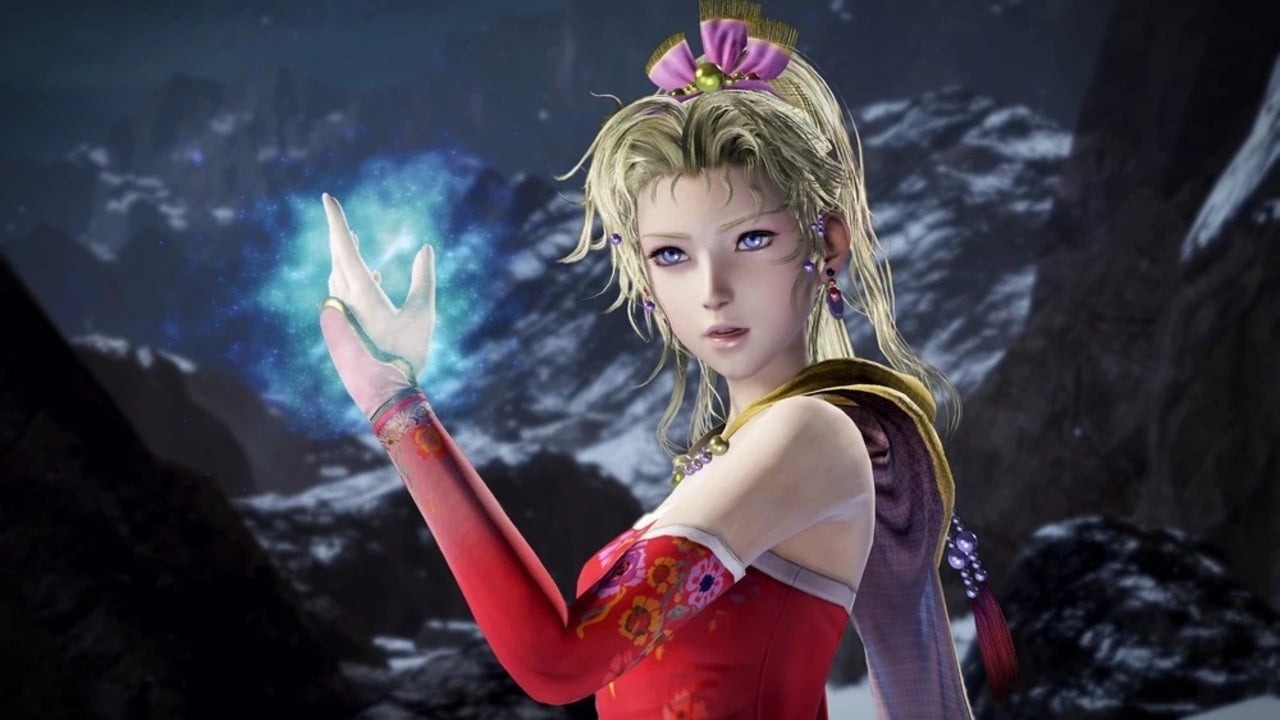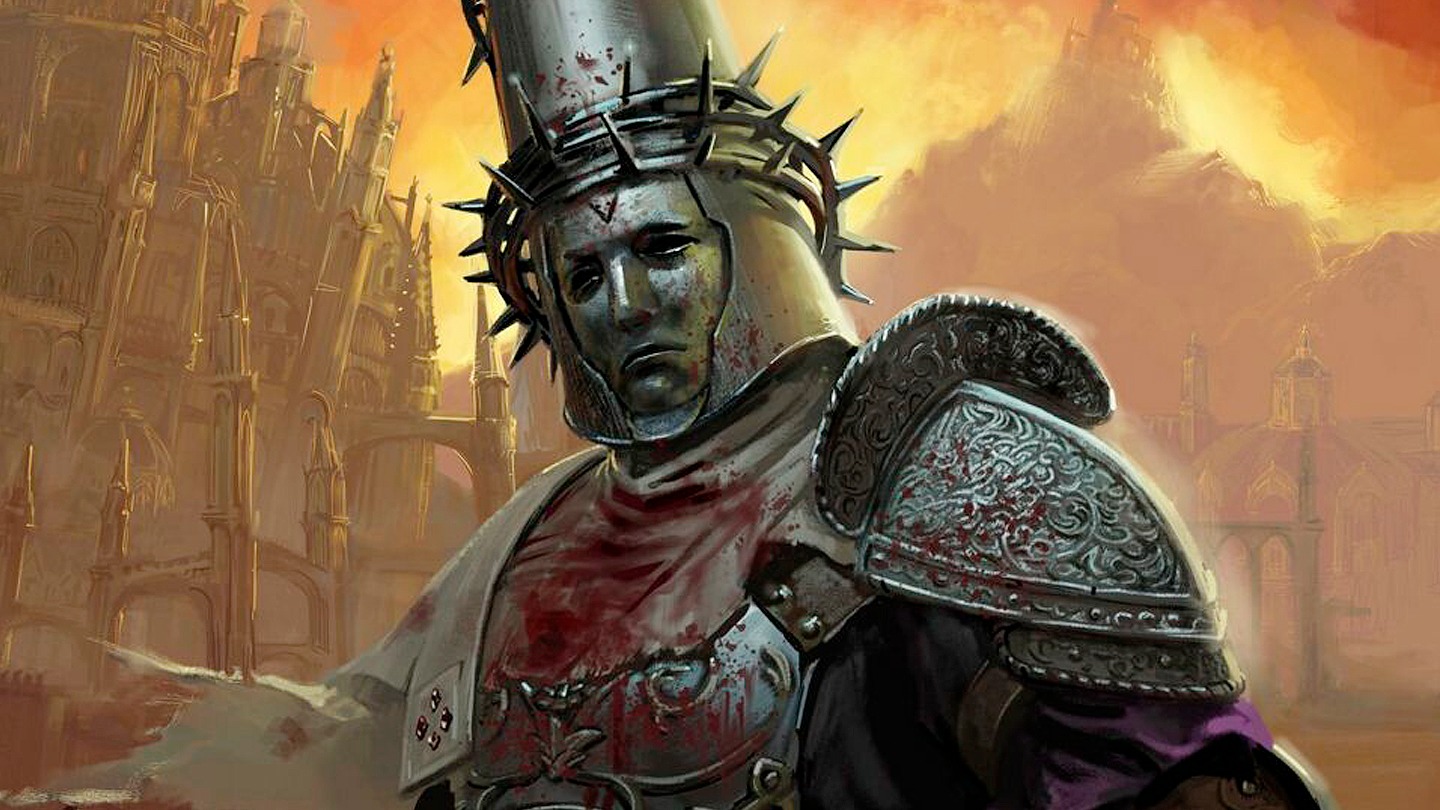
In the early 2000s, an ancient and long-forgotten period when Capcom regularly released new Mega Man games, the company decided to produce not one, but two the main Mega Man series on the popular Game Boy Advance. Mega Man Zero would continue the gameplay and story that previous action platform franchises were known for, while the second series — Mega Man Battle Network — would be set in its own world and follow an entirely new RPG template. It was an unconventional idea, but Capcom quickly showed the value of their vision for these games, and now they’re back in their best form yet under the Mega Man Battle Network Collection.
Available in two volumes on the Switch eShop or a physical basket of all 10 games, the collection includes the original GBA game and its sequel, and then each pair of subsequent sequels. So 3 Blue and White, 4 Red Sun and Blue Moon, 5 Team Protoman and Team Colonel, and 6 Cybeast Gregar and Cybeast Falzar.
Mega Man Battle Network is set in the distant future in a parallel world to the main Mega Man timeline; here network technology flourished instead of robotics. Everyone carries an advanced device called a PET in their pocket, which can perform various tasks such as sending emails and making phone calls, but most importantly, it houses that person’s Net Navi. Net Navi is an artificial intelligence that acts as a person’s representative in the digital world of the Internet, which is realized here as a navigable, physical space. Viruses on the internet take the form of an endless onslaught of monsters that must be kept at bay by the human/Navi pairings of Netbattler.

Each game follows the adventures of Lan Hikari, a lively Netbattling kid, and his Navi, Mega Man.EXE, as they get caught up in various world-saving schemes. The narratives are usually broken up into a series of small arcs that tie into Lan’s school life in some way, each culminating in a fight against another powerful Net Navi and advancing the overall story a bit further. While the games rely too much on tired shonen tropes and overcoming all difficulties through the ‘power of friendship’, there is still a lot of heart at the core of the writing here.
Lan and Mega Man’s relationship is particularly well fleshed out throughout all six games, and his core cast of friends and allies to support him adds a nice texture to the narrative as it develops. Whether it’s the somewhat adversarial friendship between Lan and his best friend, Dex, or the subtle will-they-won’t-they romance between him and Mayl, there are plenty of great character-driven moments here that humanize the story.
The Battle Network game follows an RPG structure where you explore isometric worlds like Lan or Mega Man. Almost anything that uses technology can be turned on, and many devices are directly connected to the Internet itself, which acts as a large super dungeon that you slowly discover as you progress through the story. Echoing the design philosophy of the classic Mega Man games, each plot’s villain also gets their own themed dungeon, usually featuring puzzles and environmental hazards to match their main gimmick. Blast Man, for example, rules an area where firestorms can come from any direction at any time. There are steel cubes placed throughout that you can hide behind when you see one coming, and you can take damage if you can’t dive for cover in time.

From time to time you will also encounter parts of the dungeon that require some information or actions on Lan’s part in the real world. For example, Flash Man’s dungeon is initially too dark for Mega Man to see anything inside, causing Lan to occasionally run to a nearby room to turn on a light switch. While we do give Lan something to do, it can feel a bit forced at times, although we appreciated how the dungeons tend to emphasize the duo acting as a team rather than just Mega Man doing all the heavy lifting.
Combat in Mega Man Battle Network uses an innovative approach to action and deck building that, with the exception of One Step From Eden, has not been seen in any other game or series since. Battles are randomly triggered and see you being taken to a grid-based 6×3 battlefield; viruses can pass through the right half while the left half is reserved for Mega Man. Before a battle begins, five combat tokens—representing attacks or support actions you can take—are randomly selected from your token folder and presented to you for selection, though odds are pretty good you’ll only be able to choose two or three per Time. Each chip has an alphabetic code associated with it, and you can only select chips that are duplicates of each other or share an alphabetic code.

Once you’ve made your choice, you move on to the action phase of the battle where you can deftly move between tiles on the grid to avoid enemy attacks and line up for effective strikes on your enemies. Mega Man has his trusty Megabuster for destroying enemies, which can be charged up to deliver an even more damaging blow, although tokens will always be your main source of damage. As the action phase progresses, the bar at the top of the screen fills up over several seconds; when it’s full, you can call up the menu to select more tokens and repeat the cycle.
In practice, this combat system remains a brilliant and dynamic means of combat, especially given its relatively high skill cap. For example, newer games allow you a window to counterattack an enemy if you manage to damage them during the opening animation for their attack, freezing them in place and doubling the damage of your next attack. And while it’s hard to build a chipmap that doesn’t directly work, a lot goes into effectively crafting decks that use synergies between chip codes and elemental types alongside more technical considerations like animation timing. Building a proper token map is therefore an interesting exercise, which is also constantly renewed, as you slowly build up a larger collection of hundreds of tokens.

And while the average virus encounter doesn’t tax your skills too much, there are still plenty of interesting ways your enemies play with the mechanics. One enemy, for example, attacks by placing a time bomb randomly somewhere on your side of the battlefield, requiring Mega Man to take it down and destroy it before nuking his entire side. Another enemy can create holes on your side of the field, limiting your ability to avoid other enemy attacks. Each boss will also have its own different tricks and elemental attacks, such as requiring you to hide behind barriers placed on the battlefield to avoid a targeted super-attack.
Depending on the game you are playing, there are also additional mechanics to further expand the combat system. Battle Network 5 introduces Liberation Missions, which adds an SRPG mode to retake certain areas of the Internet from terrorists. Battle Network 6, on the other hand, allows you to “beast out” in combat and turn Mega Man into a half-beast version of himself that does much more damage, though you do so while risking losing control and using chips and attacks randomly. We appreciated how the developers iterated on this battle system with each subsequent entry; it’s never lost its core appeal, but each game brings some interesting new ideas that really build on it.

The only real downside to this combat system is that it seems like the random encounter rate can be a little too high. You’ll often find yourself trying to solve a puzzle in a dungeon, only to be interrupted every few seconds by another batch of easily defeated viruses. Battles usually take no more than 30 seconds and usually less than 10 to complete, but it can still be a repetitive irritation. Capcom didn’t include any mode of encounter rate reduction for this re-release, but saw fit to include a “Buster MAX” mode that allows your Megabuster hundred times its normal damage per uncharged shot. You can turn this on or off at will at any time, and it trivializes almost every enemy or boss encounter, which can be a good solution for those who want to get through battles as painlessly as possible.
Every Mega Man collection so far has had some new add-on mode to round out the package, and Capcom has kept that going here by including a full online mode for token trading and Netbattling. For battles, you can play in either casual or ranked mode and set rules such as whether patches are allowed or whether the loser has to gift a battle token to the winner. We didn’t get to try this mode because other players weren’t available during the review period, but it seems like it’ll be a great way to add more playtime to the overall package — when the mountain of content on offer in single-player just wasn’t enough.
In terms of presentation, these games have stood the test of time quite well and still look good. Although parts of the overworld and exploration have been significantly reduced to a simpler art style from the fourth game onwards, the futuristic environments and digital landscapes still have a distinctive and evocative look, while the virus designs are memorable and creative. Whether you’re running through the bustling streets of Den Town or digging in the seedy depths of the Undernet, there’s something quite charming about seeing such a bright and optimistic view of futuristic society, not to mention it’s pretty sweet to get a sense of what some people in the early 2000s are like. have predicted what the Internet might look like in the future. There are also various options you can choose to resize the screen, choose different themed borders, or add a (rough) smoothing filter if jagged pixel edges bother you, giving you a decent level of control over how you want these games to look while you’re playing .

The soundtrack hasn’t held up nearly as well as the visuals, but there are still plenty of memorable themes here. Although the poor quality of the Game Boy Advance’s sound chip is on full display here, Capcom has managed to make the most of the hardware to produce solid chips, whether it’s the peaceful theme of Lan’s Home, ACDC Town or the intense combat of the theme played out in countless battles and fights with bosses. It seems like some of these songs can be a little too repetitive, especially the ones that will play in multiple scenarios, but most of them aren’t too harsh.
In terms of additional content, Capcom has included an extensive gallery of promotional and concept art for each game, along with a music gallery to listen to original songs and some remixes. Additionally, Japanese exclusive Patch cards (like the old amiibo version) can now be ‘scanned’ from the menu in each game to give you some useful items, and even side content related to Konami’s Boktai series is included here. None of this is game-changing, of course, but it does show that Capcom went the extra mile to ensure that this would represent the old games in the most complete way possible.
there is a Enough little content to explore for those who really get hooked. You can beat each game in 20 hours, but you can easily triple that number or more if you want to see all the content and achieve full completion in each entry. Sometimes this can be a little overwhelming – Battle Network 4 requires you to play the entire game three times before you can unlock everything—but most of the postgame content is pretty compelling. Hunting down all the secret tokens to fill your library, solving esoteric puzzles and engaging in brutal superboss fights are par for the course here, offering plenty of extra challenge for those who found the story too easy.








